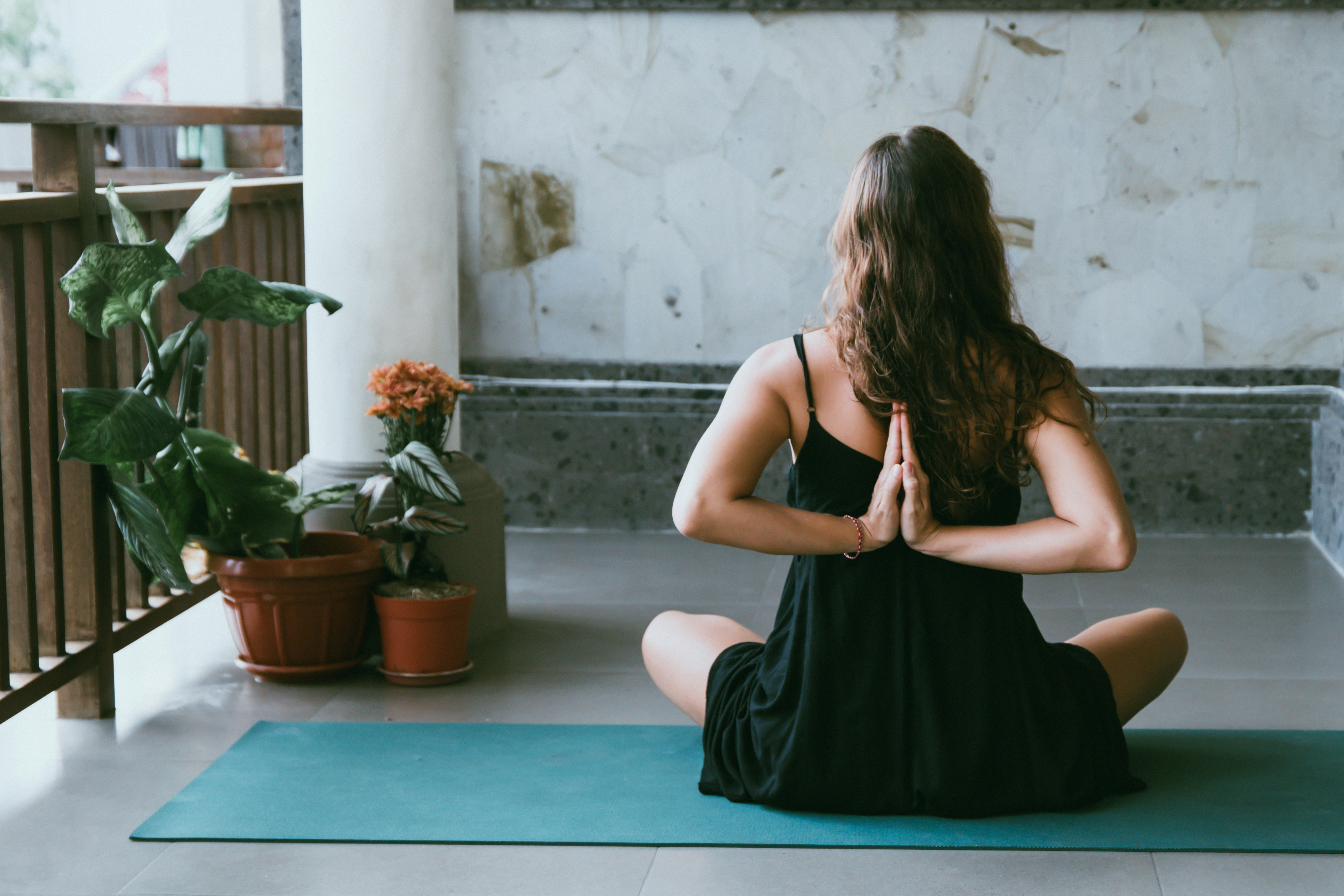
Darrell Steward
May 10, 2024
10 Minute Read
Introduction: Your Breath is Your Superpower
Breath is life’s most constant rhythm—yet most of us barely notice it. In yoga, pranayama (Sanskrit for "life force extension") reveals how conscious breathing can transform fatigue into vitality, anxiety into peace, and distraction into focus. These ancient techniques don’t just oxygenate your body; they rewire your nervous system.
The Science of Breath
Energy Boost: Deep diaphragmatic breathing increases oxygen saturation by 20%, fighting fatigue (Journal of Alternative Medicine)
Stress Relief: Slow exhales activate the parasympathetic nervous system, lowering cortisol in 90 seconds (Harvard Study)
Brain Clarity: Alternate-nostril breathing synchronizes left/right brain hemispheres, enhancing focus (International Journal of Yoga)

4 Essential Pranayama Techniques
1. Energizing Breath (Kapalabhati)
"Skull-Shining Breath" for morning vitality
How to:
Sit tall, place hands on knees
Quick, forceful exhales through nose (belly snaps inward)
Passive inhales (let the belly relax)
30 reps (build to 100)
Benefits:
☀️ Wakes up the brain (like "espresso for your nervous system")
☀️ Stimulates digestion
☀️ Clears sinus congestion
Avoid if: Pregnant, high blood pressure, or during menstruation
2. Calming Breath (4-7-8 Breathing)
Instant anxiety relief
How to:
Inhale deeply for 4 counts
Hold breath for 7 counts
Exhale completely for 8 counts
Repeat 4 cycles
Benefits:
🌙 Triggers relaxation response faster than meditation
🌙 Lowers heart rate pre-sleep
🌙 Stops racing thoughts (try before important meetings)
Pro Tip: Whisper "peace" on exhales for added mindfulness
3. Balanced Breath (Nadi Shodhana)
Alternate-nostril breathing for mental clarity
How to:
Right thumb closes right nostril
Inhale left nostril for 4
Ring finger closes left; hold 4
Exhale right for 8
Repeat opposite side
Benefits:
⚖️ Balances left (logical) & right (creative) brain
⚖️ Reduces headaches
⚖️ Enhances decision-making
Best Time: Before creative work or during emotional turbulence
4. Cooling Breath (Sheetali Pranayama)
"Air conditioning" for body & mind
How to:
Roll tongue into tube (or purse lips if unable)
Inhale deeply through "straw"
Exhale normally through nose
5–10 rounds
Benefits:
❄️ Cools overheating (physical/emotional)
❄️ Soothes inflammation
❄️ Calms anger or hot flashes
Perfect For: Summer heat, menopause, or fiery emotions

When to Use Each Technique
Need | Best Pranayama | Time |
|---|---|---|
Morning energy | Kapalabhati | 2 mins upon waking |
Midday slump | Bellows Breath (Bhastrika) | 1 min at your desk |
Pre-sleep calm | 4-7-8 Breathing | 5 mins in bed |
Anxiety spike | Humming Bee Breath (Bhramari) | 3 mins anytime |
Pranayama Pro Tips
Golden Rule: Never strain—breath should feel controlled but comfortable
Posture Matters: Sit cross-legged or on heels (knees below hips)
Silent Space: Practice in quiet areas to focus on subtle sensations
Start Small: Even 2 minutes daily builds noticeable benefits
A Personal Story
"After incorporating 5 minutes of Nadi Shodhana into my mornings, my chronic 'afternoon fog' vanished. Now, I teach my therapy clients these techniques—watching a panic attack dissolve through 4-7-8 breathing never gets old." — Sarah, Yoga Therapist
Your Challenge
Try one technique daily for 7 days. Notice:
Energy levels upon waking
Stress reactivity in traffic/work
Sleep depth and dream recall
Share your insights in the comments!
Final Thought
Your breath is the remote control for your nervous system. With these tools, you hold the power to shift states in moments—no apps, equipment, or money required. That’s the magic of pranayama.








